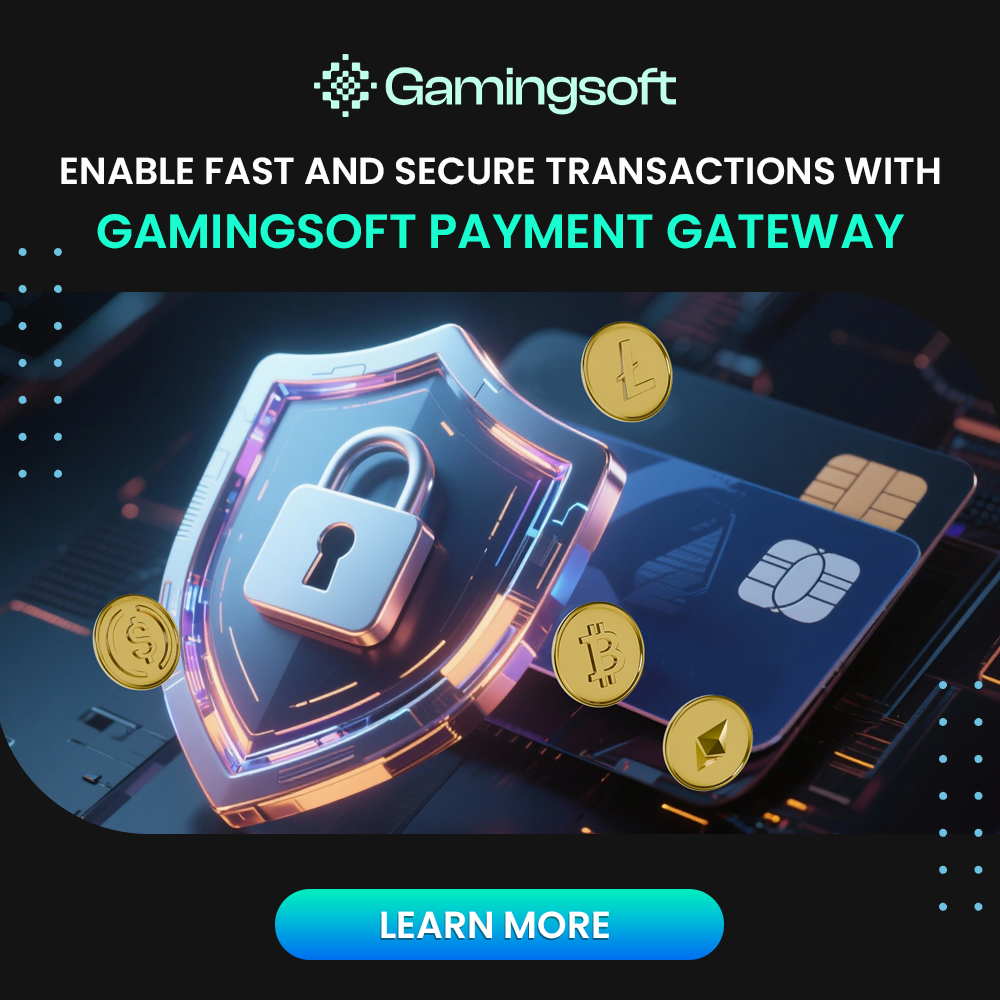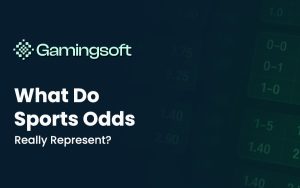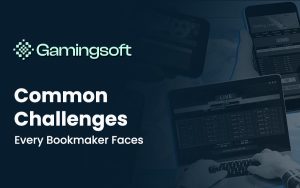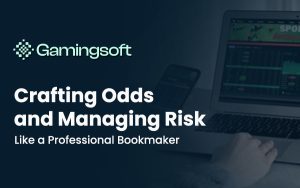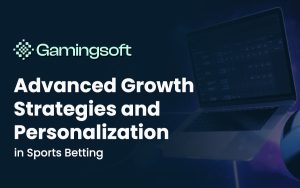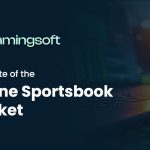Building an effective iGaming marketing funnel strategy is not just about attracting players — it’s about guiding them through every stage of engagement, from the first impression to lifelong loyalty. In a competitive iGaming landscape, operators who understand the full customer journey gain a decisive edge in retention and profitability.
The key lies in designing a funnel that reflects how players actually behave: what draws their attention, what convinces them to sign up, and what keeps them playing. A well-structured funnel helps brands focus their marketing resources efficiently while improving ROI across all channels.
Understanding the iGaming Marketing Funnel
A marketing funnel in iGaming maps out how players move from awareness to loyalty. Typically, it includes five stages — awareness, consideration, conversion, retention, and advocacy. Each stage serves a unique role in influencing player decisions.
In iGaming, player psychology plays a crucial role. Research published in Frontiers in Psychiatry found that gambling engagement is strongly tied to emotional stimulation and social identity. This means marketing funnels must go beyond simple advertising — they should nurture emotional connection and a sense of belonging.
Understanding player motivation also helps prevent drop-offs between stages. By aligning marketing messages with player intent, operators can guide audiences more effectively down the funnel.
For a deeper breakdown of player engagement patterns, see our guide on the “iGaming Player Lifecycle“.
A. Awareness Stage — Building Visibility and Brand Recognition
The first stage is about capturing attention. In the crowded iGaming ecosystem, visibility determines survival. Players need to know your brand exists before they can consider engaging with it.
Effective awareness strategies include content marketing, SEO optimization, paid advertising, and influencer partnerships. Each channel contributes differently. For instance, well-optimized articles and blog posts help establish your site as a trusted source of gaming insights. Paid campaigns ensure you reach target demographics instantly.
Influencer collaborations add a layer of credibility. As explored in “How Influencer Marketing in iGaming Builds Trust“, creators with loyal audiences can introduce your platform to engaged communities, reducing skepticism toward gambling ads.
At this stage, the goal is not to sell — it’s to spark curiosity. Educational and entertaining content such as guides, game reviews, or industry insights helps introduce your brand naturally. To strengthen awareness, align your campaign tone and visuals across all platforms, ensuring consistent brand identity.
Learn more about crafting impactful awareness content in our article on “iGaming Content Marketing“.
B. Consideration Stage — Nurturing Player Interest
Once awareness is established, potential players move to the consideration stage. Here, they compare your platform to others, looking for trust signals, unique benefits, and value.
To nurture interest effectively, brands must provide educational content and social proof. This can take the form of:
- Comparison articles showing platform advantages,
- Testimonials or influencer reviews, and
- Retargeting ads that keep your brand visible after initial exposure.
Transparency is key. Players want to know about payout rates, security, bonus fairness, and responsible gaming policies. Brands that communicate these elements openly build stronger trust.
Affiliate marketing also plays a big role here. Affiliates help inform potential players while guiding them toward conversion through performance-based content. See our guide on “Online Casino Affiliate Marketing” for actionable examples.
The consideration stage is where emotion meets logic. It’s the brand’s opportunity to turn curiosity into intent by answering players’ unspoken question: “Why should I choose you?”
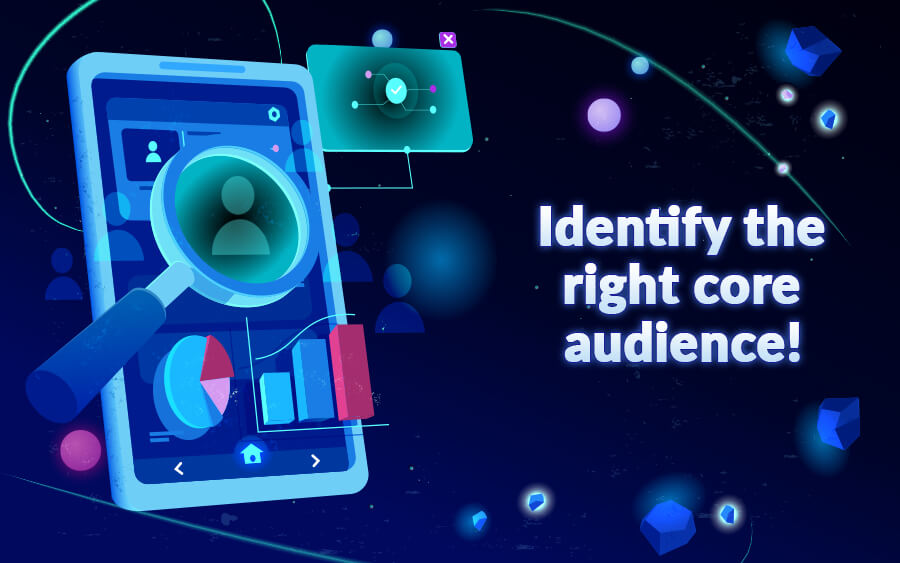
C. Conversion Stage — Turning Interest into Action
The conversion stage is where your iGaming marketing funnel strategy proves its value. This is the point where curiosity becomes commitment — when players finally register, deposit, or place their first bet.
To optimize conversions, focus on reducing friction in the user journey. Every step — from signup forms to payment processes — should be seamless. Even minor delays can cause drop-offs. Streamlining UX design and simplifying navigation increase trust and help players act faster.
Personalization also plays a crucial role. Data-driven insights allow operators to tailor offers, bonuses, and messages to each user segment. This increases both relevance and engagement. According to a University of Malta study on gambling behavior, players respond positively when platforms provide contextually meaningful rewards rather than generic incentives.
Additionally, this stage should integrate cross-channel reinforcement — email reminders, remarketing banners, and personalized push notifications that nudge players back to complete unfinished actions.
A good example comes from sportsbook platforms that align campaigns with live events. Learn more about conversion-focused approaches in “Sportsbook Marketing Strategies for Online Casino“.
Finally, never underestimate the role of trust elements. Certifications, transparent policies, and player testimonials give new users the confidence to take action.
D. Retention Stage — Keeping Players Engaged and Loyal
Acquiring new players is only half the battle — retaining them defines true success. The retention stage focuses on delivering consistent value and engagement that make players stay longer.
Personalized offers, gamified experiences, and loyalty programs are proven to boost retention. According to research published in Springer Behavioral Addictions Journal, reward-based systems stimulate dopamine responses, creating satisfaction loops that encourage continued play.
This doesn’t mean exploiting player behavior — it’s about creating sustainable engagement through fair and transparent incentives. For example:
- Weekly challenges or leaderboard systems,
- Tiered VIP programs,
- Personalized bonuses for milestone achievements.
Email automation and segmentation can help deliver these offers efficiently. Combined with insightful data analytics, operators can predict churn risk and re-engage inactive users through targeted campaigns.
For practical applications, explore our insights on “iGaming Digital Marketing Tips“, which includes strategies to keep players returning.
The retention phase is also where brand storytelling becomes essential. Consistent narratives and ongoing communication help strengthen emotional ties between players and the platform.
E. Advocacy Stage — Turning Players into Brand Ambassadors
The advocacy stage completes the iGaming marketing funnel — transforming loyal players into advocates who promote your brand voluntarily. In this phase, players share experiences, refer friends, and contribute to your community’s organic growth.
Referral programs, social media communities, and co-creation initiatives empower players to feel part of something bigger than just gameplay. This emotional investment enhances long-term retention and credibility.
Studies from behavioral marketing suggest that players who identify strongly with a brand’s community are 3–5 times more likely to recommend it. iGaming companies can leverage this by encouraging user-generated content, live stream shoutouts, or testimonial videos.
Creating a sense of belonging is especially vital in competitive markets. Integrate communication channels where players can interact — Discord servers, Telegram groups, or brand-led tournaments all reinforce loyalty.
For more examples of advocacy-based growth models, check resources like OptikPI’s article on funnel stages for gaming operators, which highlights how engagement loops sustain player enthusiasm beyond the initial conversion.
Integrating the Funnel into a Unified iGaming Strategy
A strong iGaming marketing funnel strategy is not just about managing separate stages — it’s about connecting them into one continuous journey. Each stage should feed naturally into the next, with consistent data flow, tone, and player experience.
For example, insights gathered during the awareness and consideration stages can inform personalization at the conversion stage. Similarly, retention analytics can help refine acquisition targeting by revealing which player types have the highest lifetime value.
This integration requires a data-driven framework. Tracking engagement metrics such as click-through rate, deposit conversion, and churn probability helps operators optimize each funnel segment. With proper analytics dashboards, marketing teams can visualize how small changes — like adjusting ad copy or modifying bonuses — affect overall performance.
Additionally, automation tools make this ecosystem scalable. Email sequences, push notifications, and remarketing can all be triggered based on player actions, ensuring timely communication at every funnel stage.
For actionable insights into implementing these automation workflows, revisit iGaming Digital Marketing Tips. When used strategically, automation helps unify messaging and reduces marketing overhead — all while keeping engagement consistent across channels.
Ultimately, an integrated funnel should reflect your brand promise: consistent, transparent, and player-first. This alignment between technology, messaging, and audience experience is what separates high-performing iGaming brands from the rest.
Elevate Your Funnel Performance with GS Marketing
Designing and maintaining an iGaming marketing funnel takes more than good content — it requires expertise, data insights, and cross-channel execution. That’s where GS Marketing comes in.
Our team helps iGaming operators build funnel strategies that don’t just attract players but guide them through personalized journeys that convert and retain. From awareness campaigns to re-engagement workflows, GS Marketing delivers measurable growth supported by data analytics, automation, and creative strategy.
If your brand is ready to scale, streamline, and dominate, it’s time to act.
Conclusion
A well-structured iGaming marketing funnel is the foundation of sustainable growth. By aligning each stage — from awareness to advocacy — with player behavior and data insights, brands can attract, convert, and retain loyal audiences more effectively. The key is consistency: deliver the right message, to the right player, at the right time.
Beyond short-term performance, a well-optimized funnel helps brands build long-term trust and credibility in an increasingly competitive market. When every stage supports the next, marketing becomes not just a channel for acquisition but a system for lasting engagement and brand advocacy.
Frequently Asked Question About iGaming Marketing Funnel Strategy
-
What are common challenges in building iGaming funnels?
The main challenges include regulatory compliance, fragmented player data, and balancing promotional content with responsible gambling standards. Overcoming these requires strong coordination between marketing, compliance, and analytics teams.
-
How does player psychology influence funnel success?
Player motivation is often emotional rather than rational. Understanding triggers such as reward anticipation, competition, and social validation helps shape campaigns that resonate with real player behavior.
-
Can AI improve funnel conversion rates?
Yes. AI-driven analytics can predict which users are most likely to convert or churn, allowing brands to target them with personalized offers and timing precision. Predictive models are increasingly vital in optimizing acquisition and retention.
-
What metrics should operators track for each funnel stage?
Key metrics include impressions and CTR for awareness, session time and bounce rate for consideration, conversion and deposit ratios for action, retention rate for loyalty, and referral or advocacy rate for final-stage success.
-
How do affiliate and influencer strategies fit into the iGaming funnel?
Affiliates fuel awareness and consideration with performance-based traffic, while influencers strengthen credibility and social proof. Together, they form the upper half of the funnel — setting the foundation for conversions and long-term trust.

